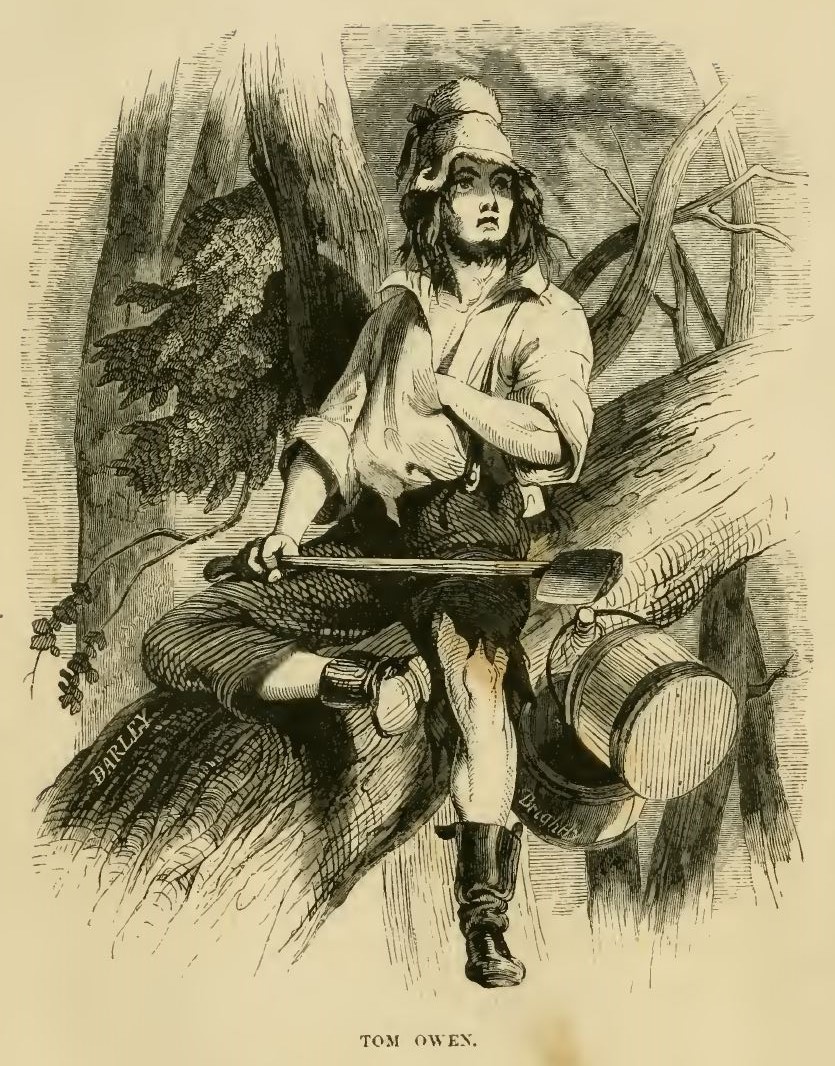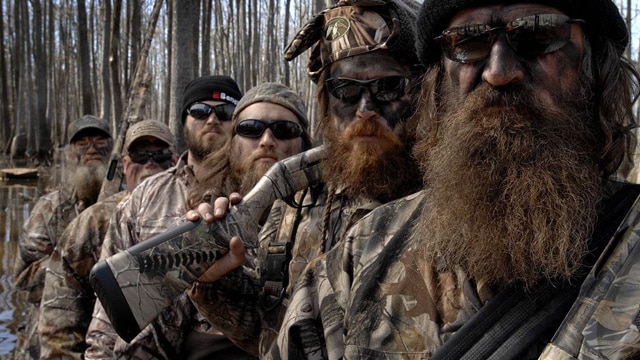 Home Page
Home Page
(Henry Clay Lewis).
Odd Leaves.
Listen to the podcast for the background on his life and the discussion of his book. Tensas was born on June 26, 1825, and drowned on August 5, 1850, trying to ford a flooded river. The two books today reflect frontier life in North Louisiana, which was more Anglo and Protestant that South Louisiana.
Both of today's authors write in the style called "South-West
Humor" (at the time, Louisiana was considered the West). The
most famous writer to use this style was Mark Twain / Samuel
Clemens, who began publishing his tales about in 1865, a decade
after them.
Required
- Tensas. Odd Leaves.
- "The City Physician vs the Swamp Doctor"
- "Getting Acquainted with the Medicines"
- "The Mississippi Patent Plan for Pulling Teeth"
- "First Call in the Swamp"
- Louisiana Anthology Podcast. Discussion of Madison Tensas.
Hive of the “Bee-Hunter.”
- Thorpe. Hive of the “Bee-Hunter.”
- "Tom Owen, the Bee-Hunter"
- "The Big Bear of Arkansas"
Background. "The favorite sketch of
Southwestern humor for many readers, "The Big Bear of Arkansas",
was written by Thomas Bangs Thorpe. Unlike most Southwestern
humorists, Thorpe was born in 1815 in Massachusetts and spent
his youth in New York--not the South. He attended Wesleyan
University in Connecticut in 1834-35 and studied art and
painting. In 1836, partly as a result of poor health, Thorpe
joined several of his Southern classmates and moved to Baton
Rouge, Louisiana, where he would live for twenty years. He
worked as a painter of Southern aristocrats and later in editing
and journalism. In 1839, Thorpe's first story, "Tom Owen, the
Bee-Hunter", appeared in Porter's Spirit of the Times -- the
common starting point for most Southwestern humorists.
Though sharing the same starting ground as other humorists,
Thorpe is unique in many ways. Although he spent much of his
adult life in the South, Thorpe retained his loyalty to the
ideals of the North. He served as a colonel in the Union Army
and he published an anti-slavery reform novel, The Master's
House: A Tale of Southern Life in 1854. Yet despite the
inconsistencies that Thorpe presents within the general
biography of Southwestern humorists "The Big Bear of Arkansas"
is one of the finest examples of the genre. Thorpe retained a
sense of respect for the people of the Southwest which reveals
itself in the dignity of Jim Doggett in "The Big Bear of
Arkansas". Thorpe created the best example of the mighty hunter
in Southwestern humorist literature. His reverance for nature
and nostalgia for the past were popular with the sentiment of
his time. Many of Thorpe's stories, published together in The
Mysteries of the Backwoods" (1846) were translated into French,
German and Italian. He later published a revised version of his
stories in The Hive of "The Beehunter" (1854)."
Thorpe's stories remind us that the earliest Europeans in north
Louisiana were the coureur des bois, the runner
of the woods. English terms are frontiersman, woodsman, mountain
man (they were mostly men at this point). In a way, out is back.
As people leave the centers of civilization, they move back to
earlier ways of living. Both stories reflect a
hunter-gatherer sensibility. Tom Owen and "Big Bear" are both in
the tradition of Louisiana's frontiersmen.
Even as agriculture moved in, people continued to rely on
hunting and fishing to supplement their diets. There's a direct
line from them to Ben Lilly (who took Teddy Roosevelt hunting)
to Duck Dynasty.




In the early frontier, Europeans and native tribes hunted
through the woods and grasslands of North Louisiana. Hunters
would kill their prey, skin them, and hang the skins in caches
in the trees about the level where animals could get to them.
Hunters respected each other's caches. They would take them to
trading posts once they had enough to trade.
We have become so accustomed to settled life that I saw the
story given as as "Hive of the Bee Keeper." But there is
a big difference between keeping bees in permanent hives, and
hunting bees in the way described in the story. Obviously it is
impossible to use Tom Owen's extravagant wastefulness in a
crowded society. The "Big Bear of Arkansas" turns out to be a
big bear hunter, as Beowulf is associated with bear (the bee
wolf). He considers the proper way to kill bear (and other meat)
to be with a "Bowieknife," the knife made famous by Jim Bowie
(and later Crocodile Dundee). Ben Lilly also hunted bears and
other 'varmints' with his home-made Bowie knives. The story has
a similar theme to "Posson Jone'," that of country come to town,
and the contrast between city ways and country ways. Much of his
description is in the form of "tall tales." One other theme of
the story is the nature of life on the Mississippi River
steamboat. The people on the steamboat are a cross-section of
America and also the world. The river was a place for people who
would normally not mix to come together.
"Starting from New Orleans in one of these boats, you will find yourself associated with men from every State in the Union, and from every portion of the globe; and a man of observation need not lack for amusement or instruction in such a crowd, if he will take the trouble to read the great book of character so favorably opened before him.
"Here may be seen jostling together, the wealthy Southern planter and the pedler of tin-ware from New England — the Northern merchant and the Southern jockey — a venerable bishop, and a desperate gambler — the land speculator, and the honest farmer-professional men of all creeds and characters — Wolvereens, Suckers, Hoosiers, Buckeyes, and Corncrackers, beside a “plentiful sprinkling” of the half-horse and half-alligator species of men, who are peculiar to “old Mississippi,” and who appear to gain a livelihood by simply going up and down the river. In the pursuit of pleasure or business, I have frequently found myself in such a crowd."